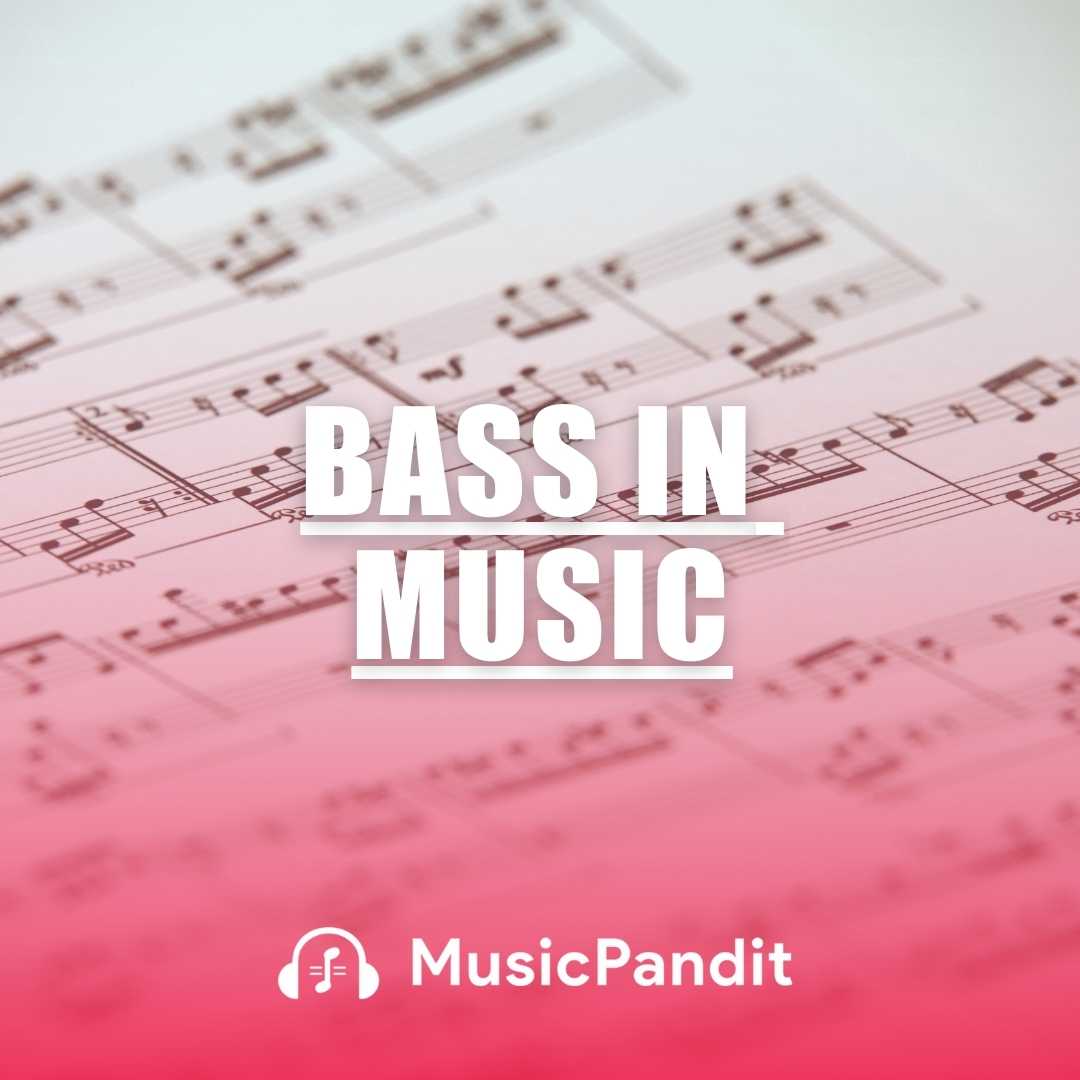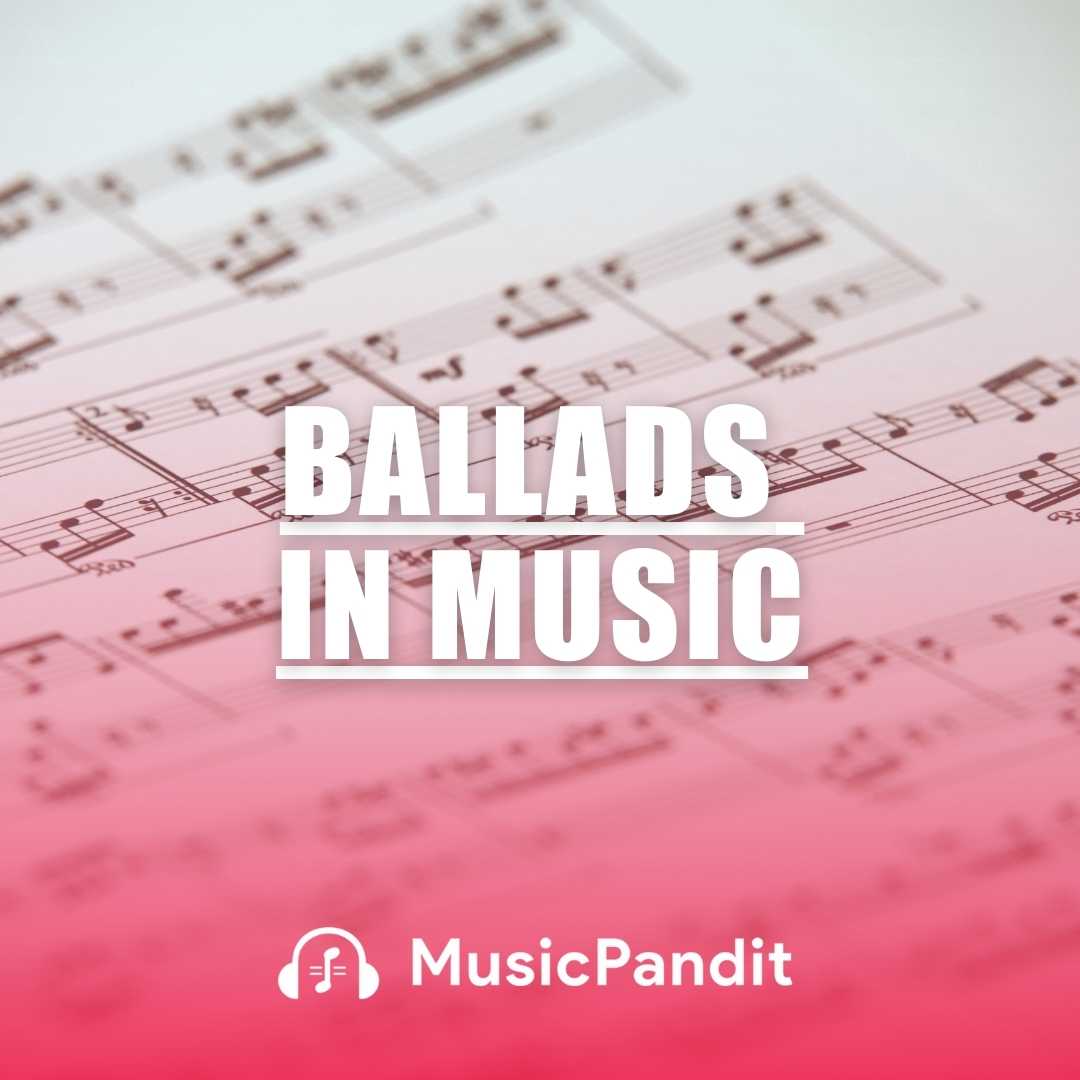In music, there are various ways to express sound. Some sounds are short and sharp, while others are long and smooth. One important musical technique that helps create smoothness in playing or singing is called legato. If you’ve ever heard a beautiful melody that feels like it flows effortlessly from one note to the next, you’ve experienced legato in action.
Whether you play an instrument or sing, mastering legato is key to becoming a skilled musician. This guide will help you understand what legato is, how to practise it, and why it’s important in your musical journey.
What is Legato?
Legato is an Italian word meaning “tied together.” In music, legato refers to playing or singing notes in a smooth, connected manner without any noticeable gaps or breaks between them. Instead of each note being played separately or sharply, the notes in legato flow into one another, creating a seamless sound.
You might have seen a curved line (called a slur) over or under a group of notes in sheet music. This symbol tells you to play those notes legato, meaning they should be played or sung smoothly and continuously.
Why is Legato Important in Music?
Legato is important because it adds emotional depth and expressiveness to music. Here are some key reasons why mastering legato is essential for musicians:
Emotional Expression: Legato allows musicians to convey feelings through music. Smooth transitions between notes can create a sense of longing, beauty, or tranquillity, making the music more engaging for listeners.
Musical Flow: Legato creates a sense of continuity, helping melodies flow naturally. This makes the music easier to follow and more enjoyable to hear.
Technical Skill Development: Practising legato enhances your control over your instrument or voice. It teaches you how to manage dynamics, tone, and phrasing, which are crucial skills for any musician.
Enhanced Musicality: Musicians who can effectively use legato in their playing often sound more polished and professional. It shows a high level of musicianship and attention to detail.
Versatility: Legato can be applied across various musical styles and genres. Whether you’re playing classical, jazz, or pop music, the ability to perform legato adds versatility to your skill set.
Practising Legato
To develop a strong legato technique, you can follow these steps:
Warm-Up: Begin your practice session with warm-up exercises. These can include scales, arpeggios, or simple melodies. Focus on producing a smooth sound without any breaks.
Use a Metronome: Set a slow tempo on a metronome and play or sing a scale legato. Gradually increase the speed as you become more comfortable with the technique.
Practice Slurs: For instrumentalists, practice playing slurred notes. For instance, play two or more notes in one breath or bow stroke without separating them. Focus on keeping your fingers relaxed and smooth.
Vocal Techniques: Sing a simple melody using legato. Pay attention to your breath support and try to connect each note smoothly. Avoid any harsh transitions between notes.
Record Yourself: Recording your practice can help you identify areas where you need improvement. Listen for any breaks in the sound and adjust your technique accordingly.
Be Patient: Developing a legato technique takes time and practice. Don’t rush the process—focus on quality over quantity.
Natural Ability vs. Practice
While some musicians may have a natural inclination for playing legato, it is a skill that can be developed through consistent practice. Just like any other musical technique, dedication and persistence are key. Here are a few points to consider:
Natural Ability: Some people may find it easier to play legato due to their physical coordination or innate musicality. However, this does not mean that those without natural ability cannot excel at it.
Practice Makes Perfect: Regular practice is essential for everyone. With time, you can train your fingers or vocal cords to move smoothly between notes, regardless of your starting point.
Seek Guidance: If you struggle with legato, don’t hesitate to ask your music teacher for help. They can provide personalised exercises and techniques tailored to your needs.
Uses of Legato in Music
Legato is used in various musical contexts and can be found in different genres:
Classical Music: In classical compositions, legato is often employed in lyrical melodies and slow movements. Composers like Mozart and Chopin frequently utilised legato to convey emotion.
Jazz: Jazz musicians use legato to create smooth lines in improvisation, helping to maintain the flow of music during solos.
Pop and Rock: Many pop and rock songs feature legato sections, especially in vocal melodies. It adds a smooth quality that enhances the overall sound.
Film Scores: Composers of film music often use legato to create a dramatic atmosphere, making the emotional impact of a scene more powerful.
Benefits of Legato Practice
Practising legato not only improves your technique but also offers several benefits:
Improved Tone Quality: Focusing on legato helps develop a rich, full sound that enhances your overall musical performance.
Better Control: Legato requires precise finger or vocal control, which translates to improved overall technique on your instrument or voice.
Enhanced Listening Skills: Practising legato sharpens your ability to listen critically to your sound, helping you identify areas for improvement.
Increased Confidence: As you master legato, your confidence in performing will grow. You’ll feel more comfortable expressing yourself musically.
Musical Connections: Understanding legato will help you connect with other musicians. You’ll be able to collaborate effectively and interpret music together.
Related Topics to Explore
As you dive deeper into the world of legato, consider exploring these related topics:
Staccato: The opposite of legato, staccato involves playing notes short and detached. Understanding the difference will enhance your musical expression.
Dynamics: Explore how legato can be combined with dynamics (loud and soft) to create varied musical expression.
Phrasing: Learn about phrasing in music, which refers to how musical sentences are shaped and articulated, often using legato for smoother phrases.
Articulation: Study different ways of articulating notes (how they are played) to enhance your overall musicality.
Vibrato: Understanding vibrato, a technique that adds warmth and expression to notes, can complement your legato playing or singing.
Instrument-Specific Legato Techniques
Different instruments may require specific approaches to achieve a smooth legato sound. Here are some tips for various instruments:
Piano
- Use a gentle wrist movement to connect notes.
- Practise playing scales and arpeggios smoothly, keeping your fingers close to the keys.
- Experiment with the use of the sustain pedal to enhance legato.
Guitar
- Use legato techniques such as hammer-ons and pull-offs to create a fluid sound.
- Focus on finger placement and ensure your transitions between notes are seamless.
Violin and Other String Instruments
- Maintain a relaxed bowing technique to create smooth strokes.
- Practice shifting positions while keeping the sound legato.
- Wind Instruments
- Control your breath to maintain a steady airflow.
- Use legato tonguing techniques to connect notes smoothly.
Voice
- Use proper breath support to create smooth transitions between notes.
- Focus on vowel shapes and mouth position to enhance legato singing.
Conclusion
Legato is a vital musical technique that can transform your playing or singing, adding depth and emotion to your performances. By understanding its definition, importance, and practical applications, you can develop a strong legato technique that enhances your overall musicianship.
Remember, consistent practice, patience, and seeking guidance from your music teacher are essential steps on your journey to mastering legato. With dedication, you will find yourself playing and singing more beautifully, creating music that flows effortlessly and touches the hearts of your listeners.















